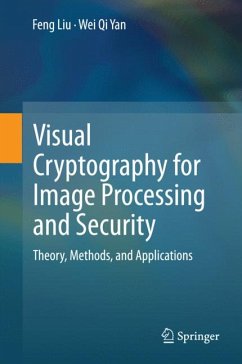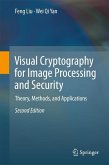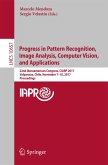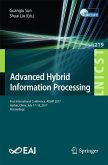This unique text/reference describes the fundamental concepts, theories and practice of visual cryptography. The design, construction, analysis, and application of visual cryptography schemes (VCSs) are discussed in detail. Original, cutting-edge research is presented on probabilistic, size invariant, threshold, concolorous, and cheating immune VCS.
Topics and features:
- Provides a thorough introduction to the field of visual cryptography
- Examines various common problems in visual cryptography, including the alignment, flipping, cheating, distortion, and thin line problems
- Reviews a range of visual cryptography schemes, including XOR-based visual cryptography and security enriched VCS
- Describes different methods for presenting color content using visual cryptographic techniques
- Covers such applications of visual cryptography as watermarking, resolution variant VCS, and multiple resolution VCS
This logically-structured and comprehensive work will serve as a helpful reference for all researchers and students interested in document authentication and cryptography, including those involved in digital image processing, image watermarking, and media-based security technology.
Dr. Feng Liu isan Associate Professor at the Institute of Information Engineering, Chinese Academy of Sciences, Beijing, China. Dr. Wei Qi Yan is a Senior Lecturer in the School of Computing and Mathematical Sciences at Auckland University of Technology, New Zealand.
Dieser Download kann aus rechtlichen Gründen nur mit Rechnungsadresse in A, B, BG, CY, CZ, D, DK, EW, E, FIN, F, GR, HR, H, IRL, I, LT, L, LR, M, NL, PL, P, R, S, SLO, SK ausgeliefert werden.









